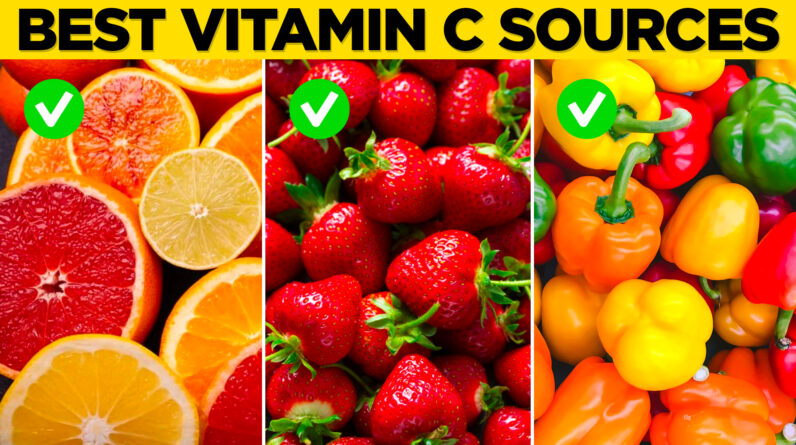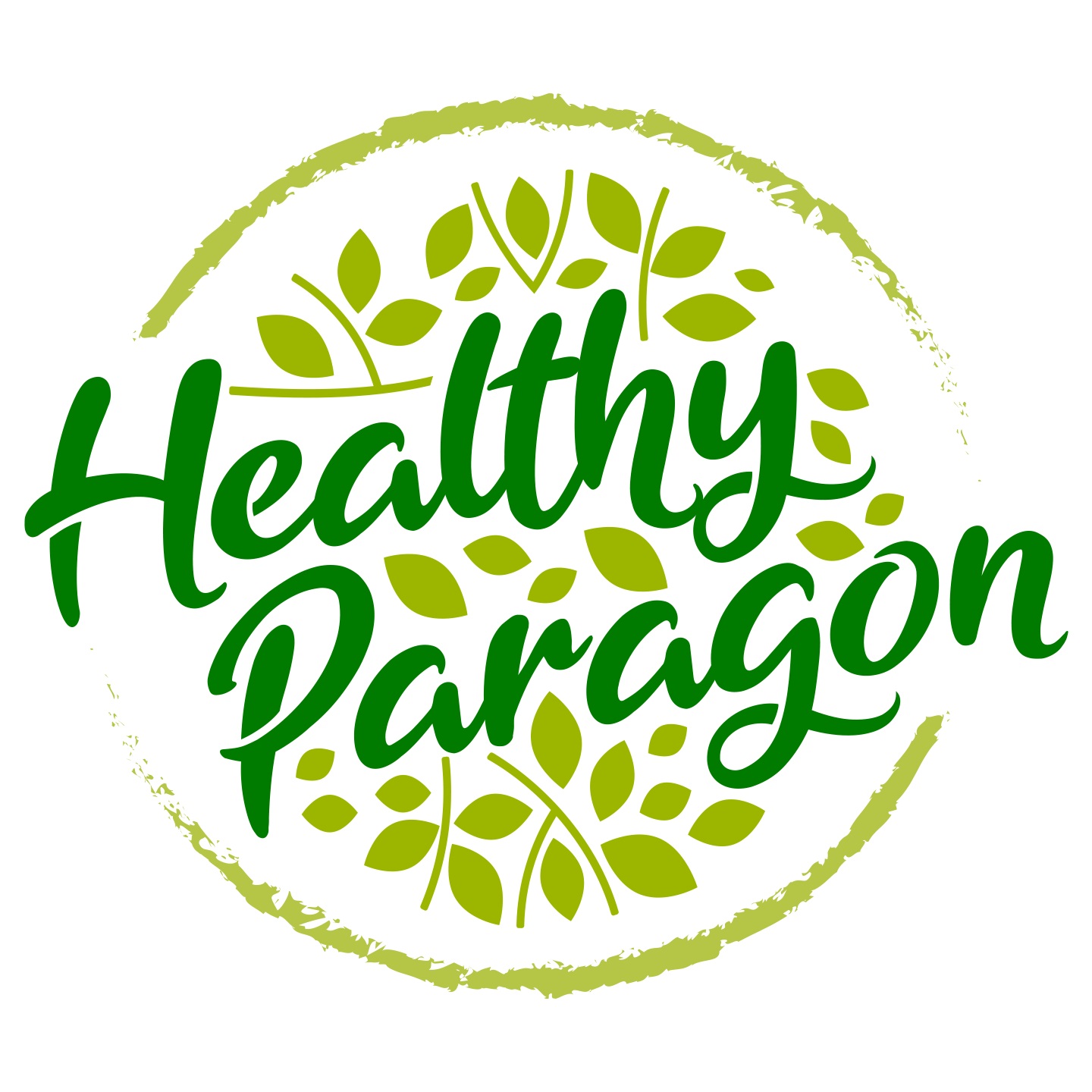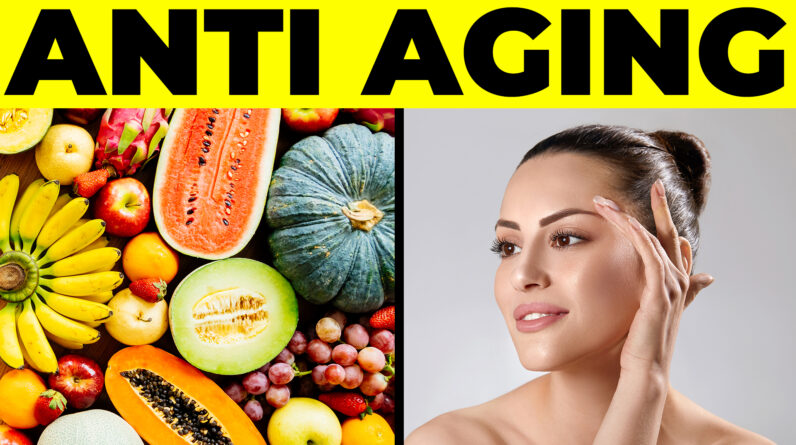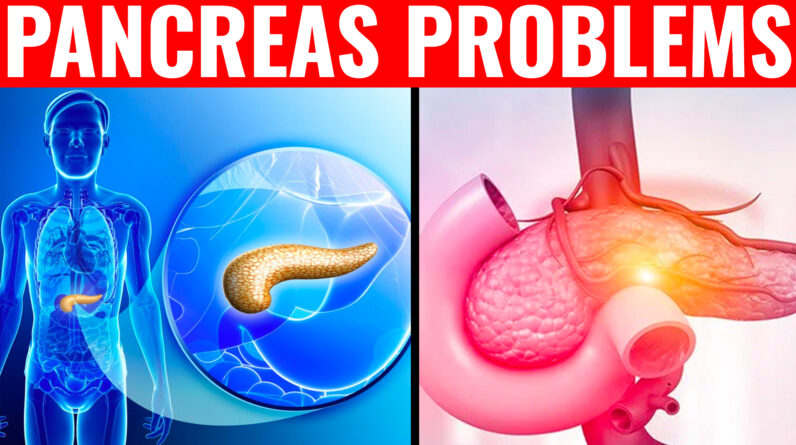
Vitamins are an important part of our diet, and vitamin C is one of the most essentials. For the longest time, the only sources of vitamin C we reeled off the top of our heads were only oranges, but how many oranges are we going to keep taking? What if oranges aren’t your thing but you still need vitamin C?
In today’s article, we’ll be sharing with you top 10 sources of vitamin C to get you going each day.
According to research by scientists, you need at least 40 milligrams of vitamin C every day as vitamin C can’t be stored in your body, hence a need for daily intake. Vitamin C also known as ascorbic acid is a vitamin that helps to protect cells, maintain healthy skin and blood vessels, and also help with wound healing.
To be able to incorporate vitamin C into your everyday diet, here are 10 sources of vitamin C to help you meet your requirement for daily intake.
1. Guava
Grown in the tropical region of central America, guavas are a fruit rich in fibre, antioxidants and most importantly to us today, Vitamin C! Asides it’s ability to help lower blood sugar, reduce menstrual pain and boost heart health, guavas are a very rich source of vitamin C and are easily incorporated into daily meals. Don’t believe that? According to research conducted by the USDA, a 100 gram sized guava contains over 200 milligrams of vitamin C which is twice as high as that of an orange and more than enough to hit the required daily dose of vitamin C that your body needs! Talk about not being anyone’s mate! Guavas are a great vitamin C source and something you should add to your diet.
2. Citrus fruits
Citrus fruits aren’t just limited to oranges as it’s a big family home to lemons, limes, tangerines and lot’s more. Citrus fruits are a number one go to source for vitamin C. Oranges and lemons weighing 100 grams provide up to 40 milligrams of vitamin C in each intake. If you’re looking to also make the most of the vitamin C content in citrus fruits, you can consider making them in a smoothie blend and also avoid cooking them before eating as cooking dilutes the vitamin C content.
3. Kale
When your mum hounded you to eat Kale as a kid, she really was trying to help you live a healthy life as Kale is surprisingly rich in vitamin C content. Dreaded by kids all over the world, and often ignored on the shopping aisles, Kale is another source of vitamin C that you probably were not aware of. Asides lowering cholesterol and being one of the most nutrient-dense veggies in the world, ignoring kale in your diet is at your own loss. A 100 gram sized Kale contains about 120 milligrams of vitamin C which is over 4 times the vitamin C content of spinach and some other vegetables. Kale is one of the richest vitamin C sources especially when eating slightly cooked or even raw. If greens give you PTSD and you just cannot imagine eating them, then you can blend into a smoothie alongside other fruits and veggies and get the vitamin C that you do need.
4. Cantaloupe
You’ve probably bypassed this odd looking melon a gazillion times without sparing a thought for it, but the cantaloupe is one of the most nutritious fruits that mother earth births for humans. Asides being highly rich in beta-carotene which is one of the strongest antioxidants in fruits and folate which reduces the risk of cancer, cantaloupe is highly rich in vitamin C where one cup of balled cantaloupe contains over 100% of the daily recommended vitamin C value. If you want to make the most of the vitamin content that cantaloupes have to offer, it is best to eat it raw rather than cooked or fried.
5. Tomato
And at number 6 on the list today, we have the juiciest and most versatile vegetable to ever do it, tomatoes. Known for it’s brilliant red outlook and it’s sometimes acidic or sour taste, tomatoes are another source of vitamin C. Asides containing lycopene which helps reduce the risk of heart disease and cancer, tomatoes are rich in vitamin C which is really what we’re after today. Eating a medium sized tomato raw gives you around 20 milligrams of vitamin C and a big tomato gives 40 milligrams which is the recommended daily value according to the USDA. Cooking or frying it might dampen many of it’s oxidants, so it’s better to eat raw just like other fruits.
6. Broccoli
Let’s be truthful here, everyone struggles with eating broccoli even more than kale, but broccoli is a must eat as it is packed with necessary nutrients for the body. You may or may not know, but broccoli is actually a very good source of vitamin C. Considered a cruciferous vegetable, broccoli is considered a nutritional powerhouse as it is packed with vitamins, antioxidants and fibre. Compared to other sources on the list mostly advised to eat raw, broccoli needs to be cooked to enjoy and make the most of its vitamin C component, but if you can eat it raw as it comes, it contains a much higher vitamin level. A half cup of cooked broccoli sized at about 78 grams contains about 50 milligrams of vitamin C which exceeds the daily required intake and is also greater than that of a medium sized orange. If you will cook broccoli before eating, steaming for about 5 minutes is preferable to make the most of its nutrients.
7. Papaya
Sometimes referred to as pawpaw and grown in the tropical climates of the world, papayas have moved from once being an exotic and rare fruit to being available all year round Asides the heart benefits it offers, and the protection against colon cancer, papaya is a fruit that is rich in fibre, antioxidants and of course vitamin C. A cup of papaya either raw or in your favorite smoothie blend offers up to 90 milligrams of vitamin C which is even higher than the daily recommended intake. A 100 gram papaya contains 60.9 milligram of vitamin C which is truly more than enough. Papaya is a fun fruit to eat, so make the most of it!
8. Kiwi fruits
Originally known as the chinese gooseberry, kiwi seeds were taken to New Zealand from China where New Zealanders would start to refer to it as kiwi named after their national bird. Known for its alluring green color and fuzzy look, kiwis are rich in vitamin C. They pack a punch flavor wise and even nutrients wise as kiwis are high in nutrients and extremely low in calories with antioxidants that protect cells from diseases and today’s star which is vitamin C. A medium sized kiwi supplies at least 70 milligrams of vitamin C which is more than enough for what you need in a day.
9. Strawberries
Known for it’s appearances in ice creams, biscuits and desserts, strawberries do not just exist for their sweet element in meals or flavouring, they provide a lot of nutrients to the body when they aren’t just serving as a flavour. With a low calorie count perfect for weight watchers and a richness in fibre and antioxidants, strawberries are a great source of vitamin C. A cup of bite sized strawberries contains about 85 milligrams of vitamin C which is perfect to hit the recommended daily vitamin C target.
10. Red and yellow bell peppers
And taking the top spot today as the top source of vitamin C is something you would never have guessed: Red and yellow bell peppers! Native to central and south america, and known for the tasteful flavours and vibrancy it brings to meals, red and yellow bell peppers are not just rich in flavour and low in calories, but contain a 2 times dose of vitamin C than a medium sized orange. It is one of the richest dietary sources for vitamin C. A single yellow bell pepper sized at 100 grams provides 160 milligrams of vitamin C, while a single red bell pepper sized at 100 grams contains 81 milligrams of vitamin C. While it may be difficult to eat raw and uncooked, the bell peppers still retain a good amount of vitamin C even when cooked or grilled.







